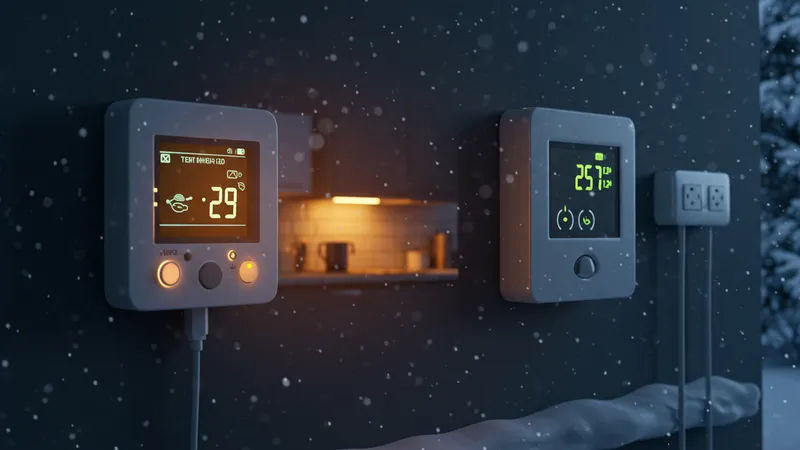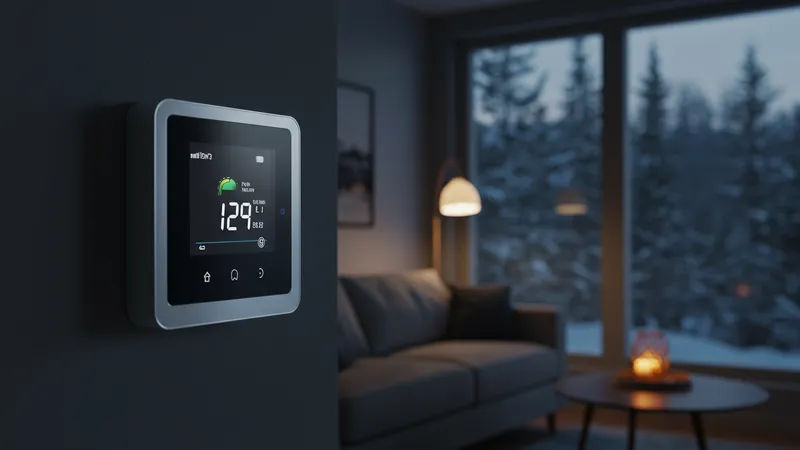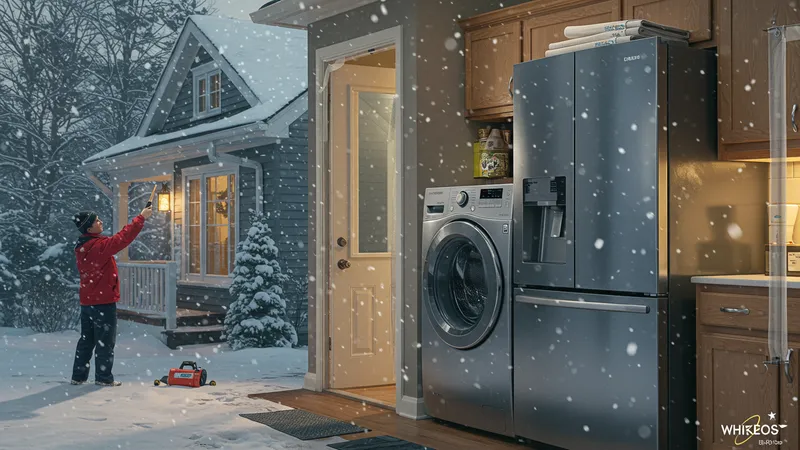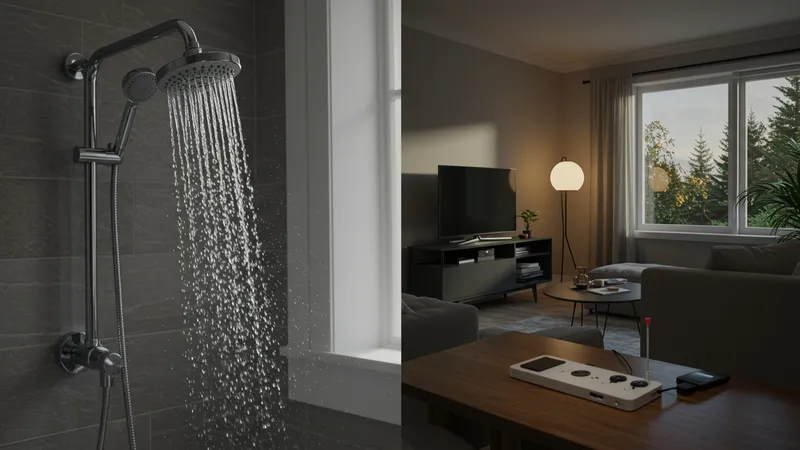

Cutting down your energy bill doesn’t have to involve major lifestyle changes or complex home renovations. In fact, the concept behind finding 10 easy ways to cut your energy bill lies in making small, practical adjustments at home that collectively reduce electricity and heating usage. Rather than focusing on drastic overhauls, these strategies leverage modern products, smart technology, and common-sense practices. The ultimate aim is steady, year-round savings, with each step tailored for immediate impact in the Canadian climate.
Understanding these approaches is all about rethinking how energy flows through the home—whether it’s brightening up living spaces, heating rooms smarter, or powering down electronics. Canadians face unique challenges in winter and summer, but with proven techniques, it’s possible to make improvements that are both budget-friendly and environmentally conscious. The beauty is in their accessibility: many solutions are quick to implement and surprisingly affordable, offering both quick wins and long-term value.

What’s striking about these options is their practicality—even upgrading lighting, for instance, has a ripple effect on monthly expenses. Compared to traditional incandescent bulbs, LED lighting can last up to 25 times longer and uses just a fraction of the energy. Smart thermostats like the Nest adjust temperature settings automatically, learning schedules to minimize overheating or unnecessary cooling, which is especially useful during Canadian winters and humid summers.
Weatherstripping and caulking may seem basic, yet they block out cold air and prevent drafts that force heating systems to work overtime. Swapping standard appliances for high-efficiency models can result in double-digit percentage reductions in home energy consumption, and utilities such as Hydro-Québec or Hydro One offer incentives and rebates to make upgrades more affordable for Canadian households.
Smart power bars and low-flow showerheads quietly cut costs every month by reducing wasted electricity and hot water. Meanwhile, layering up with thermal curtains not only improves comfort but directly lowers heating requirements in frosty climates. Each measure becomes even more attractive when factoring in rebates and additional support offered by local governments and energy providers.
Understanding each of these ten methods can help homeowners in Canada make informed decisions about where to focus their efforts for the fastest savings. But beyond quick fixes, what deeper changes make a real difference to year-round energy spending? The deeper details reveal even more valuable insights ahead…
Among the ten easy ways to cut your energy bill, installing a smart thermostat and switching to LED lighting stand out for their immediate impact. Programmable thermostats like the Nest allow Canadian homeowners to create custom heating and cooling schedules, ensuring energy is only used when needed. By tracking occupancy and weather, devices can reduce energy consumption by up to 10–15% each year, translating to substantial savings in both winter and summer months.

LED bulbs have transformed how homes manage lighting costs. Unlike traditional incandescent options, LEDs convert far more energy into light rather than heat, significantly lowering consumption every time you flip a switch. A typical Canadian household can save up to $75 annually by replacing every bulb with an LED alternative. Moreover, these bulbs last for years, reducing both energy and replacement expenses.
Using smart thermostats and LEDs together creates a synergistic outcome. While the thermostat cuts down on wasted heat and air conditioning, LED lighting ensures minimal power draw during peak evening hours. Combining these innovations not only cuts your energy bill, it also delivers convenience and automated comfort throughout the seasons.
Canadian utility providers often run seasonal promotions, offering rebates on thermostats and LED packages. For example, Toronto Hydro and Hydro Ottawa frequently provide discounts or mail-in offers that make these upgrades even more economical. Learning about local incentives can help maximize the overall value, making these the perfect first steps for energy-conscious Canadians starting their home efficiency journey.
Weatherstripping and professional caulking might seem small details, but they make a measurable difference in Canadian homes. A tiny gap or crack can allow draughts to seep in during cold months, forcing heat to escape and costing homeowners significantly more in energy use. Reputable products from retailers like Canadian Tire offer accessible solutions, while professional caulking services ensure every opportunity for savings is covered, especially in older homes where sealant may have deteriorated over time.

High-efficiency washers, dryers, and refrigerators use advanced motors and improved insulation to require far less power per use. ENERGY STAR appliances, such as those from Samsung and Whirlpool, are widely available across Canada and often carry rebates or price breaks through utility programs. Swapping out an outdated fridge for a modern, efficient model can save up to $150 per year in operating costs alone.
The interaction between superior weatherproofing and upgraded appliances is remarkable—less heat escapes, and newer machines use less energy, multiplying monthly savings. For those residing in regions with extreme weather swings, these two improvements protect against high peak charges that often occur in mid-winter or summer.
Government agencies, including Natural Resources Canada, regularly update household energy standards and certification criteria. Staying informed on these developments allows Canadians to select products that exceed current benchmarks, ensuring investments today continue providing maximum benefits for years to come.
Smart power bars are an underrated method for reducing your energy bill. They automatically cut power to devices in standby mode, preventing what’s known as “phantom load” or “vampire power.” In Canada, where multiple devices stay plugged in—think televisions, game consoles, and phone chargers—this feature translates to unseen but persistent savings. Some models even offer surge protection, adding another layer of home security.

Low-flow showerheads present another practical, water-saving solution. In cities where water and energy bills go hand-in-hand, these showerheads reduce hot water usage without sacrificing comfort. The result is lower demand for water heating, which is a substantial component of energy spending for many Canadian households, especially in regions with chilly groundwater starting temperatures.
Thermal curtains function as insulation barriers for windows, keeping heat inside during winter and out in the summer. Homes with older windows especially benefit, as these curtains can help maintain a consistent indoor temperature and reduce the frequency with which heating or cooling systems activate. The investment is relatively minor, but the comfort improvement and cost control can be significant year-round.
Layering these three solutions together in a single household helps close the gap on consumption that slips through unnoticed. They are simple to integrate into any home, require no special expertise to install, and directly address three everyday sources of energy drain—making them an effective foundation for ongoing energy management.
One of the standout ways to multiply your savings is through participation in provincial programs such as those run by Hydro-Québec or Hydro One. These organizations regularly update their energy-saving tips and rebate offers, which reward homeowners for making upgrades like switching to an ENERGY STAR appliance, adding insulation, or participating in energy-awareness campaigns. The potential savings can add up over a year, often covering a large portion of the initial investment for eligible improvements.

Bundling several of the above solutions—such as installing a smart thermostat, weatherproofing doors, and replacing older appliances—creates a compounding effect. Utility providers in Canada recognize these efforts and frequently offer enhanced rebates or bundled discounts, effectively doubling down on incentives for comprehensive home upgrades.
For newcomers to energy conservation, the biggest motivation is seeing real dollar reductions on monthly bills paired with increased home comfort. Households that adopt at least three or more of these proven methods often report markedly lower usage compared to the national average, with the Canadian Urban Sustainability Practitioners network offering additional guidance on effective combinations for different regions and home types.
Staying updated on program changes and product standards is wise, as provincial policies and technologies are always evolving. Canadians who make use of both the recommended tools and available energy programs can expect ongoing rewards in efficiency, savings, and comfort as new advancements become available.